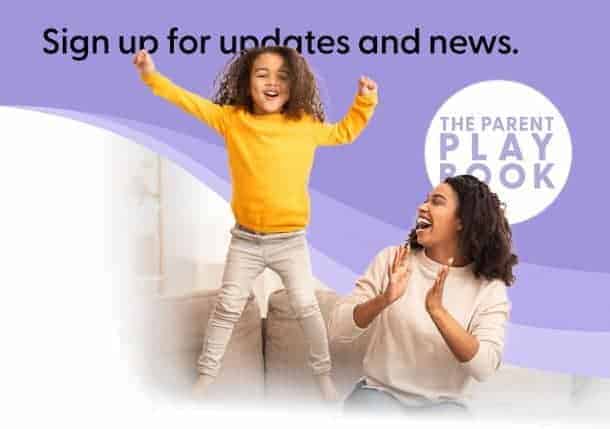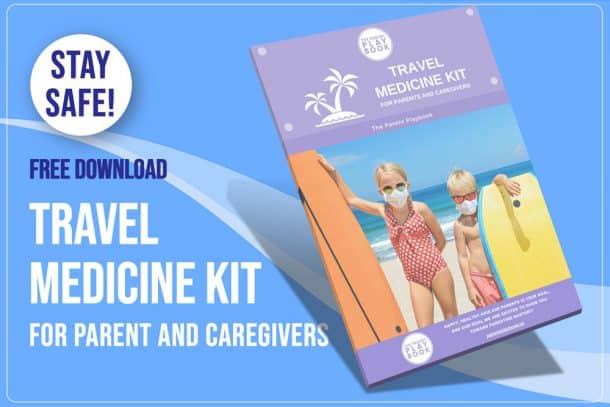Let’s talk about conflict resolution!
Why does it seem that kids lean towards hitting, crying, or tattling instead of solving the problems they have independently? First of all, we must remember that they are just children, and they are learning new things each day — including conflict resolution skills.
Hitting, crying, and tattling are prevalent age-appropriate reactions when problems come up. If your child is expressing these types of behaviors, you’re not alone, and it doesn’t mean it will last forever. Children can be taught conflict resolution skills.
Unfortunately, these reactions don’t solve long-term problems, and they don’t teach your child how to solve problems independently. All kids need to practice and build conflict resolution skills to grow.
2 Easy Steps for Conflict Resolution
Step 1: Ask yourself this question: “Is this a big problem or a small problem?”
Step 2: What is the best solution to this problem?
Once your child understands the 2 step conflict resolution strategies, they will need a lot of practice and repetition to become confident using them. For children with siblings, there are naturally many opportunities to practice.
For children who don’t have siblings or have siblings with a significant age gap, they will have less opportunity to practice, and therefore school and playdates become their time to work on these skills.
This 2-step strategy for conflict management offers a simple, easy, and effective way to help your child distinguish between “BIG” and “SMALL” problems to help them analyze the issue and learn to use appropriate solutions.
So how can you encourage your child to become an expert at using this strategy?
First, work with your child on helping them understand what is considered a “BIG” problem and a “SMALL” problem. This equips them with the confidence to label the issues they are facing to then work through how to respond appropriately.
Examples of Small Problems:
- Someone taking your pencil
- Someone taking a toy
- Someone moving spots inline
Small Problem Solutions:
learn to walk away and know that you cannot control other people, but you can control yourself. Give yourself power by walking away and not letting the small problem bother you.
Examples of Big Problems:
- Bullying or consistent teasing
- Physical hitting or touching
- Asking someone to stop the unwanted behavior, and they continue
Big problem Solutions:
Ask in a thoughtful way for them to stop whatever it is that’s bothering you. If they don’t listen to you, gently let them know that you will have to get the teacher (or adult supervisor) for help if they don’t stop. Teach your kids that adults are there for support if you cannot solve the problem alone.
Learning first to solve the problem alone while also understanding there are adults to support BIG issues is a great strategy and an excellent way for children to learn to solve his/her conflicts.
Reading books with your kids about this issue is another helpful tool. Books allow your child to relate to others and realize they are not alone.
PROBLEM-SOLVING BOOKLIST:
1. The Invisible Boy by Trudy Ludwig
2. Wonder by R.J Palacio
3. The Recess Queen by Alexis O’Neill
4. Enemy Pie by Derek Munson
5. You, Me and Empathy by Jayneen Sanders
Breaking scenarios down to a simple, easy-to-follow strategy will help your kids find success. Work with them to become problem-solving experts by talking to them about different issues, reading books, role-playing, and most importantly, being there for support!
#YouGotThis











